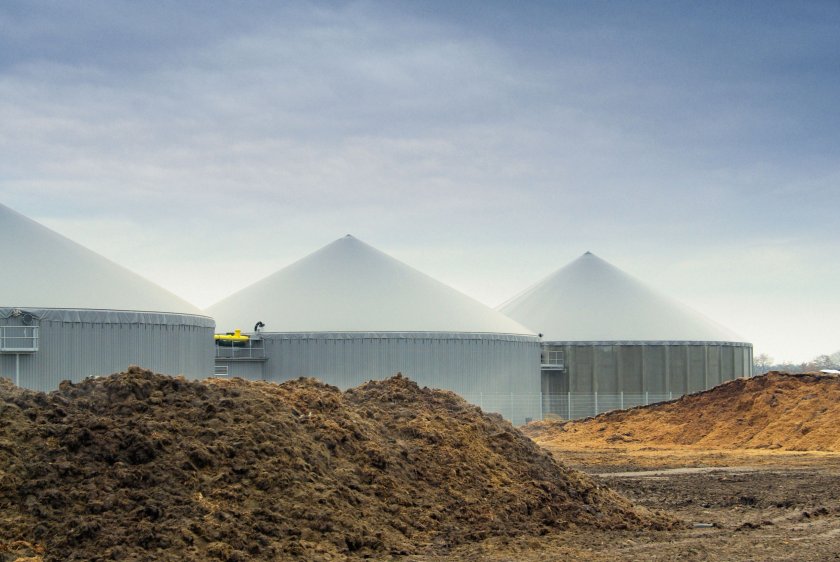
Farmers use of anaerobic digestion (AD) plants to convert waste into useful biogas and digestate, but many are not utilising it to its full potential for a variety of reasons.
In this article, David Kinnersley, head of agribusiness at Fisher German and an expert in AD, explores what opportunities are out there and how farmers can take advantage to help the environment and boost profits.
With the industry under continued pressure to drive down carbon emissions, farmers are on the lookout for simple solutions that can help them do that without costing them a fortune.
AD and the production of biogas – where farm waste is chemically digested by bacteria and converted into a gas mixture which can then be used as biofuel, for further energy generation, or put back into the grid - is a solution that many are using.
However, in many cases, AD could be used more effectively, whether by converting the type of AD plant a farm is using, committing to pre-treating feedstock to produce better yields of biogas, or by using cutting-edge technology to better capture methane emissions from slurry lagoons.
At my recent panel discussion at the Low Carbon Agricultural Show, the audience heard from a mix of industry experts on the opportunities in the market.
Currently, the UK has around 650 AD plants, of which 530 are the basic conversion to heat and power (CHP) type. In these plants, the biogas is mainly used to generate renewable energy on the farm.
But 130 are known as biomethane injection plants, where the biogas is converted into pure methane and then injected back into the gas grid for commercial use.
In most cases, biomethane plants are more efficient and produce better ROI, but the high costs of conversion and proximity to the gas grid remain a barrier to many farmers.
Small scale farms may need further government support to make this conversion, or be empowered to use the biomethane off-grid if injecting into the grid is unrealistic.
We heard from John Lyndon-Taylor of Birch Solutions, who highlighted how farmers could hugely benefit from pre-treating their AD plant’s feedstock by breaking it down at the cellular level to allow for more efficient digestion.
This results in a much higher yield of biogas, and is often an area that is overlooked by farmers.
And Mark Clayton, founder of QUBE Renewables, showed us how his small yet efficient methane capturing devices can help farmers ensure methane emitted by a variety of sources, including slurry lagoons, does not go to waste.
For farmers, it is not just increased efficiencies that make AD viable. Joanna Goad of ADBA pointed out that many supermarkets are looking to decarbonise their entire supply chain and want to sell products that are from sustainable farms as a result of consumers becoming more savvy.
Anaerobic digestion can help farmers and producers achieve that and make their produce more attractive as a result.
It is clear that AD and biogas still have a vital part to play in boosting farmers’ income, reducing emissions and ultimately helping the UK reach Net-Zero.
And with new developments and efficiencies in the sector emerging all the time, farmers should be encouraged that AD is a solution that will continue to improve long-term.
